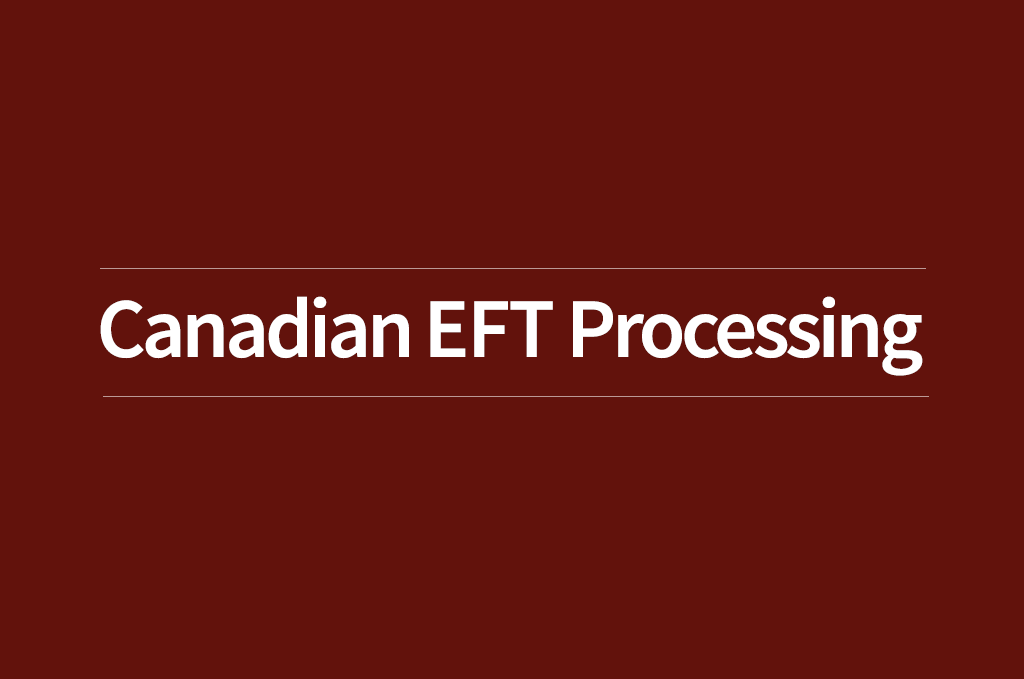Many organizations are stuck in the world of managing their Canada EFT transactions by way of file submission. In some cases using antiquated windows software that is limited at best in ongoing maintenance. Fortunately there are Canadian EFT API integrations available.
Canadian merchant organizations with a high volume of EFT transactions are far more limited in how they transmit and manage their  Canadian EFT transactions versus U.S. based merchants. Even more limited are software organizations who provide an SaaS application for use by Canadian merchant organizations, and the reason for this is that acquiring sponsor bank ODFI relationships in Canada can be a difficult task for a software organization that has merchant organizations who choose their banking relationships aside from their use of some software management tool. Moreover, banks in Canada lack the communication and integration tools commonly found with third party EFT processors, especially when looking at what is available in the United States ACH market.
Canadian EFT transactions versus U.S. based merchants. Even more limited are software organizations who provide an SaaS application for use by Canadian merchant organizations, and the reason for this is that acquiring sponsor bank ODFI relationships in Canada can be a difficult task for a software organization that has merchant organizations who choose their banking relationships aside from their use of some software management tool. Moreover, banks in Canada lack the communication and integration tools commonly found with third party EFT processors, especially when looking at what is available in the United States ACH market.
However, there are a few providers that can facilitate the same API integrations and payment tools that U.S. based organizations have been using for many years. Modern EFT API’s can transform a software application into a payment system in itself, creating value for the using merchant organizations. Let’s examine a few ways that is done:
- Tokenization of sensitive data. All consumers want their credit card and bank account data to be free from risk of being compromised by way of data theft. A good Canadian EFT API will accept the sensitive data, transmit it to the EFT gateway, then return a reference token to be stored for reference and future transaction calls. By doing so, no sensitive data is ever stored within the software application, thus nothing can be stolen that is of a sensitive nature as it relates to a bank account.
- Updating records. Calls can be made to the EFT API that allow a software application to update customer information, issue refunds and update banking information. This eliminates potential messes with file management.
- Transaction status. Notifications can be returned via the EFT API that provide automated updating of transaction status. This can also lead to programmatic email notifications being delivered to customer service or accounting personnel for handling.
- Webhooks can be implemented for near real-time notifications. For example, a customer that has recurring transactions setup can be notified the moment a transaction’s status has changed, including an NSF returned item.
- Multi-location use. A good Canadian EFT API can also support U.S. ACH transactions. This expands to potential client user base exponentially.
- Multiple payment modals. Credit cards aren’t going anywhere soon. To be able to integrate to a single API that also supports credit card transactions can make the integrating organization’s life much easier.
Integrating an application for Canadian EFT can definitely add value. Do your homework and have your requirements ready for when you discuss your needs with potential providers of Canadian EFT integrations.





